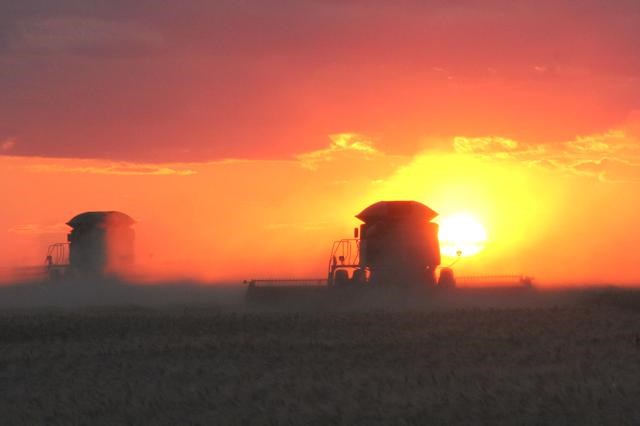The Government of Saskatchewan unveiled changes to Saskatchewan’s Premises Identification (PID) program on January 12.
“Premises identification is one of the three pillars of animal identification,” said Lyle Stewart, Saskatchewan Agriculture Minister. The other two pillars are animal identification and animal movement reporting.
The Saskatchewan Premises Identification system is a part of Canada’s traceability system to identify geographic locations for livestock and poultry to plan for, control and prevent the spread of animal diseases and to respond to other emergencies. This national traceability system is expected to encompass all livestock and poultry species produced in Canada.
This new regulation introduced by the Saskatchewan Government is meant to bring Saskatchewan in compliance with mandatory federal regulations set to be implemented in 2017. Stewart added that this measure will increase international confidence in Canadian animal products since “everything we produce, we export”.
To date. Saskatchewan’s PID has been a voluntary program launched in June 2014, but the Federal Government wants to create a mandatory program this year. Currently, less than 3,000 of the province’s livestock and poultry producers, veterinarians, feedlots, and other livestock sites are enrolled.
The hog and poultry industries are almost fully compliant, he added. Now the push is to get the cattle industry on board. There are 14,000 cattle operations in Saskatchewan. “There are around 20 per cent of cattle operations so far today registered,” said Stewart. Participation in the PID program will now be a requirement for Saskatchewan producers. Over the coming months, Saskatchewan Ministry of Agriculture livestock programs will begin requiring applicants have a PID number to participate.
Stewart cited one example. “Producers will be receiving notification that they need to have premises ID to put cattle out on community pastures.”
PID has become especially important, given the cases of Bovine TB that have appeared in southern Alberta and Southwestern Saskatchewan. “The Bovine TB case is a good example of how it would be quicker with premises identification,” noted Stewart.
The idea for premises ID has been in the works since the BSE outbreak, and the current Bovine TB cases strengthens the argument for compliance.
Still, cattle producers have been in no rush to join the program to date. In the recent cases of Bovine TB, the quarantine of 26,000 cattle and loss of income from quarantined herds have emphasized the need for the program. The Canadian Food Inspection Agency in charge of the Bovine TB investigation said that trace outs of infected cattle and testing could take months. “With a full PID database, we’ll be in a better position to prevent or respond to an animal disease outbreak or natural disaster,” said Stewart.
But more producers are getting on board. “I want to make sure I’m in the best position possible to protect my cattle if a disease outbreak happens,” said Rick Toney, vice chair of the Saskatchewan Cattlemen’s Association. “That’s why registering for a PID number just made sense; it was an easy way to make sure my cattle would be safe in an emergency.”
The Saskatchewan PID database is funded through Growing Forward 2, a cost-shared partnership between federal, provincial and territorial governments designed to support an innovative, competitive and profitable Canadian agriculture and agri-food sector.
Registration for the Saskatchewan Premises identification program can be completed online at www.premisesid.saskatchewan.ca.




